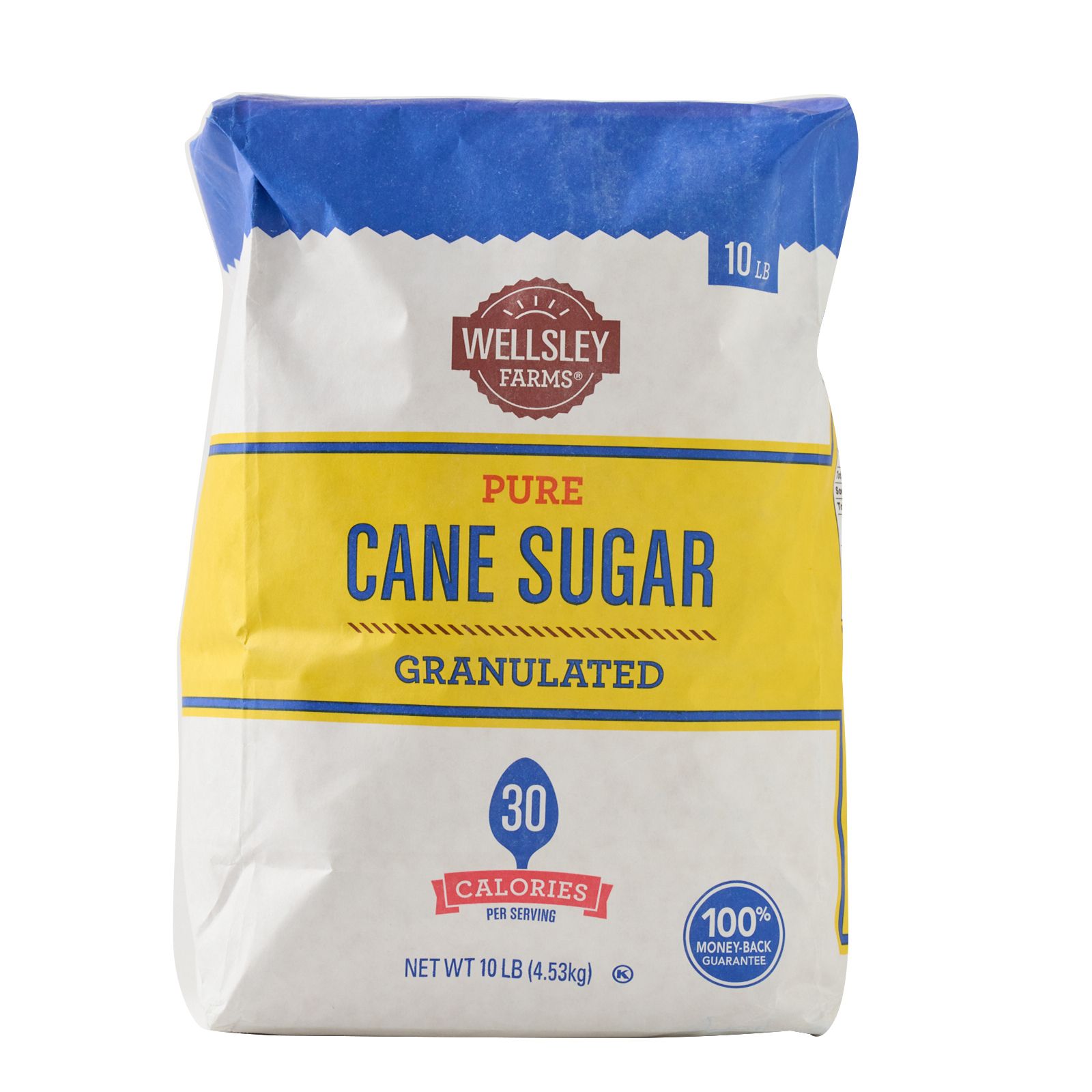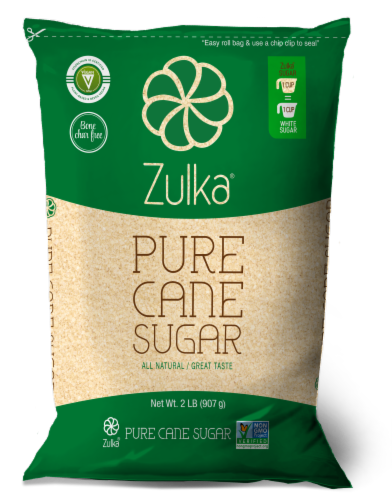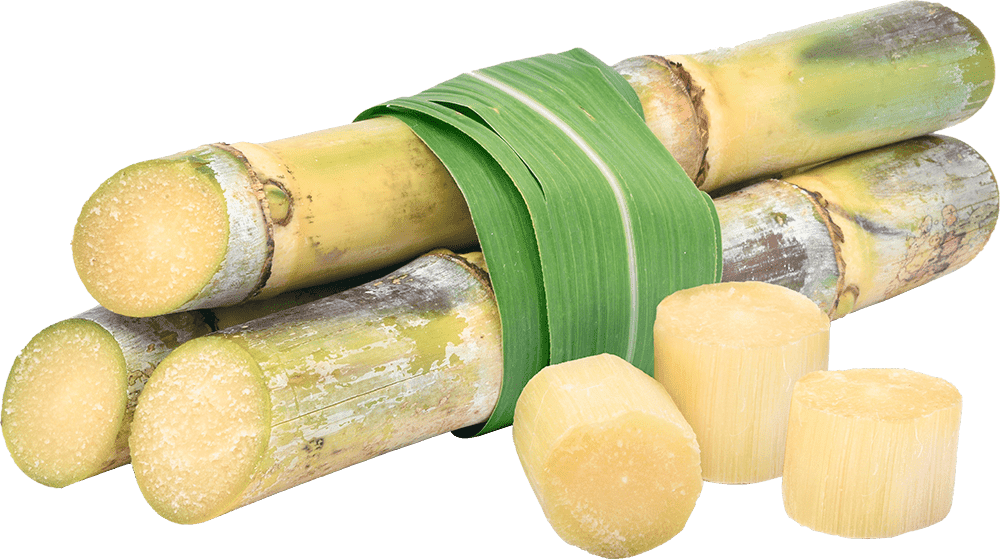Exploring the Comprehensive Tips Included in Walking Cane Sugar Handling From Harvesting to Improvement
The procedure of cane sugar production incorporates a collection of detailed steps, starting with the careful harvesting of sugarcane and finishing in the refinement stages that ensure the final product meets market criteria. Each stage, from the extraction of juice to the filtration and crystallization procedures, plays an essential function in determining the quality and personality of the sugar. Understanding these stages not only highlights the complexity of sugar production but additionally elevates important inquiries concerning efficiency, sustainability, and development in the industry. What effects do these factors have for future practices?
Gathering Sugarcane
Gathering sugarcane is an essential action in the walking cane sugar processing chain, as it straight affects the high quality and yield of the final item. Proper timing and strategies are essential during this stage to ensure ideal sugar content and minimize losses. Usually, sugarcane is collected when it gets to maturation, generally 12 to 18 months after growing, identified by a high sucrose concentration.

Post-harvest, the sugarcane has to be refined quickly to avoid sucrose deterioration. Ideally, gathered cane should be moved to processing centers within 24 hours to preserve sugar quality. As a result, reliable logistical planning is vital to keep the stability of the harvested crop throughout the supply chain.
Removal Process

The crushed walking cane is subjected to a collection of pressing operations to take full advantage of juice healing. Commonly, warm water is sprayed onto the smashed cane, creating a countercurrent circulation that helps liquify the sugar while additionally aiding in the removal process. The juice gathered from this procedure includes not only sugar but likewise various natural compounds and contaminations.

To enhance extraction efficiency, some centers may use diffusion approaches, where the sugarcane is taken in warm water, permitting the soluble sugars to diffuse right into the fluid. The resulting juice, rich in sucrose, is then guided to succeeding handling phases, laying the foundation for purification and refinement. The removal process is thus critical in figuring out the high quality and yield of the last sugar product.
Filtration Strategies
The purification techniques used in walking stick sugar processing are important for transforming the raw juice right into a go now high-grade sugar item. These techniques primarily aim to eliminate impurities, such as soil, plant materials, and inorganic materials, which can adversely affect the last item's flavor and color.
This procedure entails including lime and warm to the raw juice, which facilitates the coagulation of impurities. Additionally, the usage of phosphoric acid can boost the explanation process by further binding pollutants.
An additional substantial strategy is carbonatation, where carbon dioxide is introduced to the clarified juice. This response produces calcium carbonate, which catches staying contaminations and promotes their elimination.
Furthermore, activated carbon therapy may be put on adsorb any staying colorants and organic pollutants, making certain a more refined product. The combination of these approaches efficiently prepares the sugar juice for succeeding actions in the refining process, establishing the stage for the manufacturing of high-quality cane sugar.
Formation Methods
After the purification stage, the next important action in walking cane sugar processing entails condensation methods, which play an essential role in changing the made clear juice into strong sugar. This process usually utilizes two main techniques: spontaneous crystallization and controlled condensation.
In spontaneous formation, supersaturated sugar remedies are enabled to cool down naturally, resulting in the formation of sugar crystals in time. This method is simpler however may result in unequal crystal dimensions and lower purity levels. On the other hand, controlled formation is a much more exact strategy where seeding, concentration, and temperature level agents are meticulously managed. This method allows for the uniform development of sugar crystals and higher purity.
During crystallization, the cleared up juice is focused through evaporation, raising its sugar web content till it gets to supersaturation. As soon as this factor is accomplished, either method can promote the condensation procedure. Cane Sugar Processing. The resultant sugar crystals are then divided from the continuing to be syrup with centrifugation
Ultimately, the selection of crystallization technique influences the high quality, dimension, and pureness of the final sugar item, making this action important in the overall walking stick sugar you could try here handling procedure.
Refinement and Packaging
Exactly how can the purity and top quality of cane sugar be even more enhanced after crystallization? The improvement procedure plays a crucial duty in achieving high-grade cane sugar. Following formation, sugar goes through an extensive washing to remove contaminations and recurring molasses. This is usually achieved utilizing cozy water or heavy steam, which assists liquify and draw out unwanted components while preserving the sugar crystals.
Following, the sugar goes through a procedure called centrifugation, where it is spun at broadband to separate the purified sugar crystals from the remaining liquid. After centrifugation, the sugar is typically more fine-tuned with an approach called carbonization or phosphatation, which utilizes activated carbon or phosphoric acid to eliminate color and off-flavors.
As soon as improved, the sugar is dried to achieve the wanted moisture material, ensuring that it remains steady during storage space and transport. The final step involves packaging the polished sugar in moisture-proof and impermeable containers to maintain its top quality and prevent contamination. Cane Sugar Processing. Appropriate packaging not only extends life span but additionally helps with very websites easy handling and distribution, making certain that customers receive sugar that satisfies the greatest requirements of pureness and quality
Verdict
The extensive steps involved in walking stick sugar handling, from the thorough harvesting of sugarcane to the complex refinement and packaging stages, underscore the relevance of each stage in making sure top notch sugar manufacturing. Optimal harvesting methods, efficient removal approaches, and rigorous purification processes jointly add to the final item's purity and stability. The condensation and subsequent product packaging techniques even more enhance the stability and life span of the sugar, highlighting the complexity and accuracy integral in this crucial agricultural market.
The procedure of cane sugar manufacturing incorporates a collection of detailed steps, beginning with the mindful harvesting of sugarcane and culminating in the refinement phases that guarantee the final item fulfills industry standards. Preferably, gathered cane should be transported to refining centers within 24 hours to protect sugar quality.In spontaneous crystallization, supersaturated sugar solutions are allowed to cool naturally, leading to the formation of sugar crystals over time - Cane Sugar Processing. The improvement process plays a critical function in achieving high-grade cane sugar.The extensive steps included in walking cane sugar processing, from the meticulous harvesting of sugarcane to the complex refinement and packaging phases, underscore the relevance of each stage in guaranteeing high-grade sugar manufacturing